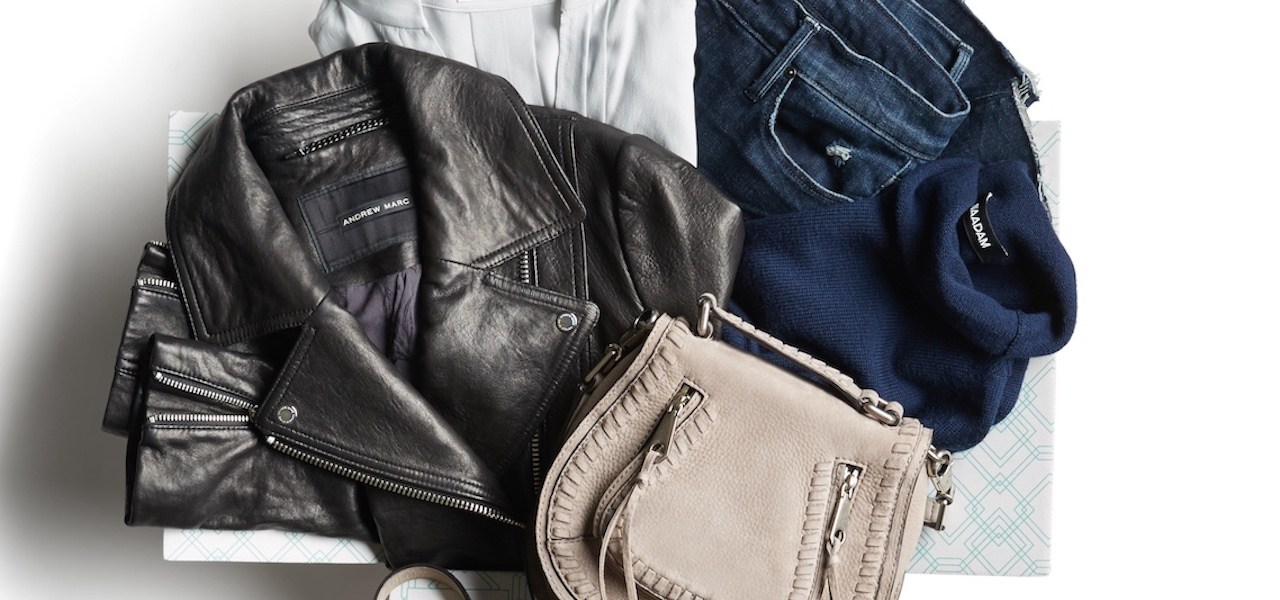‘Backlash against trends’: The rise of the capsule wardrobe

Shoppers concerned about inflation are simplifying their closets with capsule pieces, or essential items that are versatile, durable and can mix and match for different occasions, data from styling services and resale sites show.
According to Stitch Fix’s 2024 Style Forecast, 88% of clients cited “wardrobe builders” like knits and basic tops as the trend they’re most likely to try in the new year. At Stitch Fix, requests for button-downs are up 21% year-over-year, while requests for solid styles are up 100% year-over-year. Orders of straight-leg jeans are up 16% year-over-year at Poshmark, according to data supplied to Modern Retail. Meanwhile, videos with the hashtag #capsulewardrobe have 2 billion views on TikTok as users test and try out different outfits.
The idea of a capsule wardrobe has been around since the 1980s, when Donna Karan introduced her “Seven Easy Pieces” collection designed to take a look from day to night. The collection included a bodysuit, skirt and “something leather.” For the next couple decades, luxury houses debuted their own capsule wardrobes. Over the past 15 years or so, though, the concept of a capsule wardrobe has shifted to include basics and ready-to-wear items from all types of brands, labels and fabrics, Nada Shepherd, a former designer and the founder of the resale and rental platform ReSuit, told Modern Retail.
Now, a new generation of shoppers is searching for core cost-effective items to base their closets around. For those who have to cut back on discretionary purchases, a capsule wardrobe means fewer trips to the store for new items, as well as a way to maximize the pieces they already have. While inflation as a whole is starting to come down, the price of apparel rose 1% from December 2022 to December 2023, according to the Bureau of Labor Statistics.
Capsule wardrobes typically revolve around “hero” items in neutral colors like black, white or nude that can be dressed up or down and combined with patterned accessories or textures like silk, cashmere and suede. Examples include a black T-shirt, cream trousers, blue straight-leg jeans, a black blazer, a blue button-down and a pair of leather pants. One video on TikTok with nearly 80,000 likes recommends the “3-3-3” method, which involves three bottoms, three tops and three pairs of shoes.
Alicia Lloyd, a Stitch Fix stylist, said that capsule wardrobes are all about efficiency. “A capsule wardrobe isn’t about minimizing your closet; it’s about maximizing the cost per wear,” she told Modern Retail via email. As far as a guiding rule, “curate a selection that matches your personal style, ensuring you have versatile pieces that offer you three times more value,” Lloyd said. Stitch Fix, for example, recommends that clients wear a button-down in three ways: untucked, tucked in or half tucked in.
Capsule wardrobes aren’t only versatile in terms of style, though. They’re also versatile in terms of price. Someone interested in a white T-shirt, for instance, could purchase one from a store like H&M, Shein or Target for under $10. Or, if they wanted to pay more for higher quality, they could buy one from a luxury brand like Toteme, Khiate or The Row, where T-shirts typically retail for $145 to $300.
Poshmark is seeing particular interest in investment pieces like the latter, Chloe Baffert, head of merchandising and curation at Poshmark, told Modern Retail. On Poshmark, orders of quiet luxury brands Toteme, Khaite and The Row were up 118%, 127% and 41% from December 2022 to December 2023, respectively. Poshmark also saw a 284% spike in orders of 100% cashmere pieces from June 2023 to December 2023, as well as a 264% jump in orders of alpaca knits for the same time period.
Likewise, many clients at Stitch Fix are looking for pieces that may cost more up front but last a long time, Loretta Choy, chief merchandising and client services officer at Stitch Fix, told Modern Retail. At any price point, though, “more of our clients are looking for great essentials,” she said. Freestyle, its newer platform that allows customers to shop the site for one-off pieces, has a section called “Complete Your Looks” that shows how to wear an item in different ways, like loafers paired with pants or a skirt.
Compared to the 1980s, capsule wardrobes today have a different set of requirements, ReSuit’s Shepherd said. Especially after the pandemic, capsule items are typically more comfortable or have a bit of stretch, she explained. “Your T-shirt and your pants, they’re the workhorses, and they usually have some kind of technical element to [them],” she said.
Over the past year, companies mentioned a growing demand for items typical of capsule wardrobes. Gap is focusing on “great basics” for men’s, its CEO said in November, while H&M saw strong sales of “summer blazers in light neutral shades” this past summer, its CEO said in June. Meanwhile, the parent company of Uniqlo, a brand known for its basics, reported a 25% jump in first-quarter operating profit earlier this year.
Ultimately, Poshmark’s Baffert attributed interest in capsule wardrobes to a “backlash against trends.” “It’s a strain on your wallet and it’s a rat race to keep up with everything,” she told Modern Retail. “I think we’re so used to buying into trends and micro trends that when something like capsule wardrobe dressing comes along, so many people catch on to it.”
